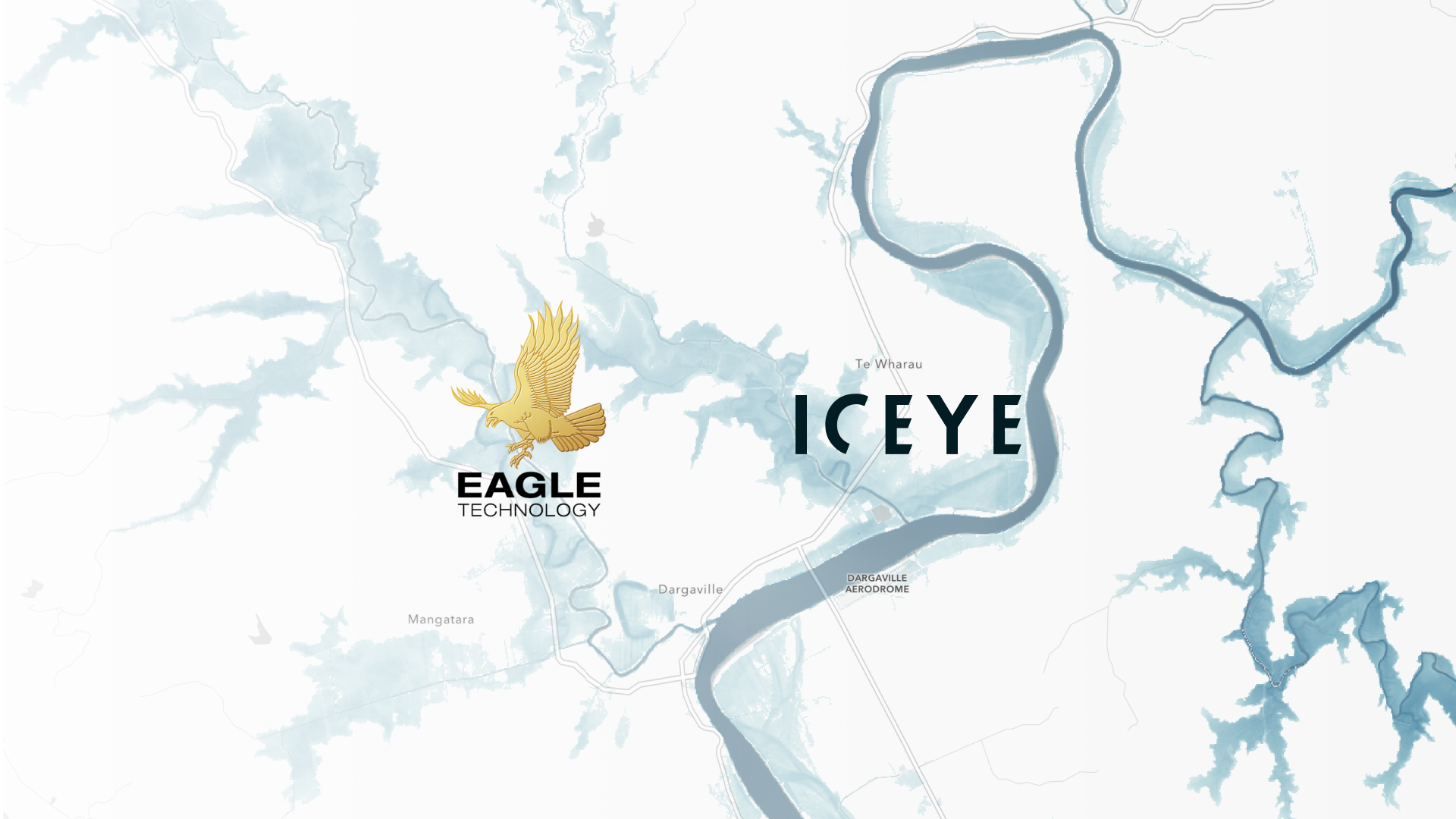Contact us
Get in touch with our experts to find out the possibilities daily truth data holds for your organization.
Persistent Monitoring
Natural catastrophe solutions
17 October 2024 | Solutions,Government Solutions
4 min read

“A low-pressure system brought rainfall to both South Island and North Island starting from 2 October. The heavy rainfall was focused across the Southland and Otago regions of South Island, with more than 75 millimeters already observed. Additional rainfall through 4 October led to more flooding concerns, as the region experienced more rain in 3 days than their normal average October rainfall.” explained Pyry Poutanen, ICEYE’s Meteorologist and Solutions Operations Specialist, as our team prepared for our first analysis on October 4, 2024.


Thanks to our data reselling partnership with Eagle Technology Group, in the event of a major cyclone or flood anywhere in New Zealand, ICEYE’s near real-time hazard analytics, including Flood Insights for observation-derived flood depth and extent, is available via the Esri ArcGIS platform.
The partnership between ICEYE and Eagle Technology enables Flood Insights in ArcGIS Online to transform the approach to emergency management operations and positively impact all New Zealanders during the response efforts.
An important example of how ICEYE’s Flood Insights can help first responders is from February 2023, when Cyclone Gabrielle devastated New Zealand’s North Island with historic rainfall and flooding.
The storm claimed 11 lives, displaced 10,000+ residents, and triggered more than 140,000 landslides across the country. Gabrielle caused an estimated $8.5bn (NZ $14.5bn) in damages and became the costliest tropical cyclone to ever hit the Southern Hemisphere.
Faced with the challenges posed by Cyclone Gabrielle, Fire and Emergency New Zealand (FENZ) recognized the need for improved coordination and decision-making across emergency response agencies. Leveraging ICEYE’s Flood Insights and Esri's ArcGIS platform from Eagle Technology, FENZ established a Common Operating Platform (COP) to facilitate data sharing among government agencies to improve the widespread response and recovery efforts.
“The COP provided crucial situational awareness to various stakeholder groups, including NZ Police, NZDF, NEMA, MBIE, and MPI, who were involved in response and recovery activities. The COP was designed using Esri's ArcGIS Online platform and featured various geospatial map layers and tools.
Key features of the COP included its accessibility, user-friendliness, and information layers contributed by third-party sources or created by Fire and Emergency (FENZ/USAR). These datasets proved invaluable for primary stakeholders in gaining a high-level understanding of the response activities and conditions in affected areas.” via GEMA Storymap and Hamish McEwen from Fire and Emergency New Zealand, 2023.

FENZ is actively enhancing its platform to improve emergency management operations in anticipation of future disasters. By integrating over 30 geospatial and imagery datasets, FENZ has launched a nationwide disaster response hub to empower others involved in emergency response. Improved sharing of timely insights, including Flood Insights, will facilitate more efficient preparedness, response, recovery, and mitigation moving forward.
If you are interested, you can learn more about how ICEYE’s agreement with Eagle Technology improves flood intelligence for New Zealand here.
Alternatively, you can read more about the three ways to access ICEYE flood data through Esri ArcGIS here.
05 March 2025
Beyond 99% Precision: How ICEYE’s observed data improved wildfire response in Los Angeles
Discover how ICEYE’s observed wildfire data helped insurers and emergency managers respond to the...
Read more about Beyond 99% Precision: How ICEYE’s observed data improved wildfire response in Los Angeles →19 February 2025
Insurers' guide to accessing and visualizing ICEYE Flood Insights
Learn how insurers can make insightful business decisions with ICEYE Flood Insights and all the...
Read more about Insurers' guide to accessing and visualizing ICEYE Flood Insights →16 December 2024
Atlantic hurricane season 2024 wrap-up: trends, impacts, and future risks
Read ICEYE's summary of the 2024 Atlantic hurricane season to understand trends, impacts, and...
Read more about Atlantic hurricane season 2024 wrap-up: trends, impacts, and future risks →